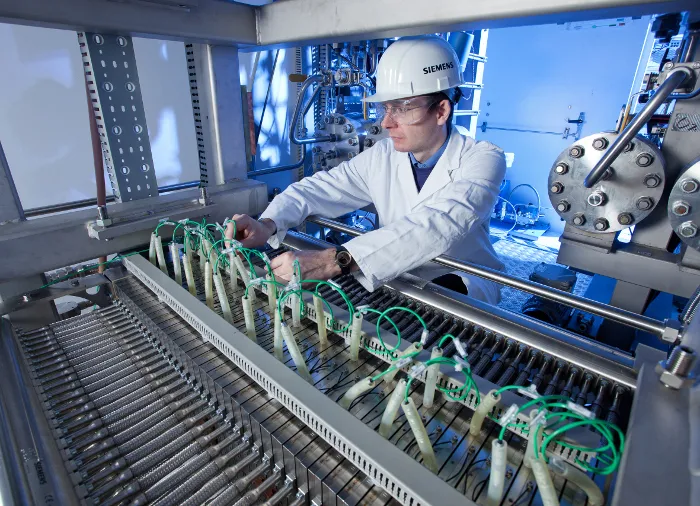American scientists discover a new catalyst for hydrogen production from seawater
- The research group from the University of Houston has found a novel catalyst which is likely to help effectively split hydrogen from seawater. This innovation is supposed to considerably advance the seawater electrolysis development for commercial hydrogen production.

A scientific team at UH has discovered a whole new catalyst, which can decrease the amount of voltage needed for water electrolysis, which is supposed to solve a lot of existing problems with hydrogen production from seawater.
Fresh water splitting has proven to be highly efficient, so the solution is commercially applied today. This is predicted to accelerate general shift toward green power.
About 96 per cent of the global water resources are represented by seawater, in which case it is a much more complicated task to control the process. Catalysts used for splitting hydrogen from seawater are also likely to split other elements present in seawater. Such particles tend to accumulate on the catalyst, which can decrease its performance and lead to electrode damage.
An earlier research by university of Stanford concluded that the anode’s negatively charged layer was able to provide efficient anti-chloride protection of the core materials. The scientists from Houston have proposed a different technique and found a catalyst that could provide higher current density at lower voltage.
The researchers claim the voltage is essential because the value required for hydrogen production is 1.23 Volt, and chlorines require a voltage of no less than 1.73 Volt. This means for industrial production the voltage must range between the above values.
Also read


